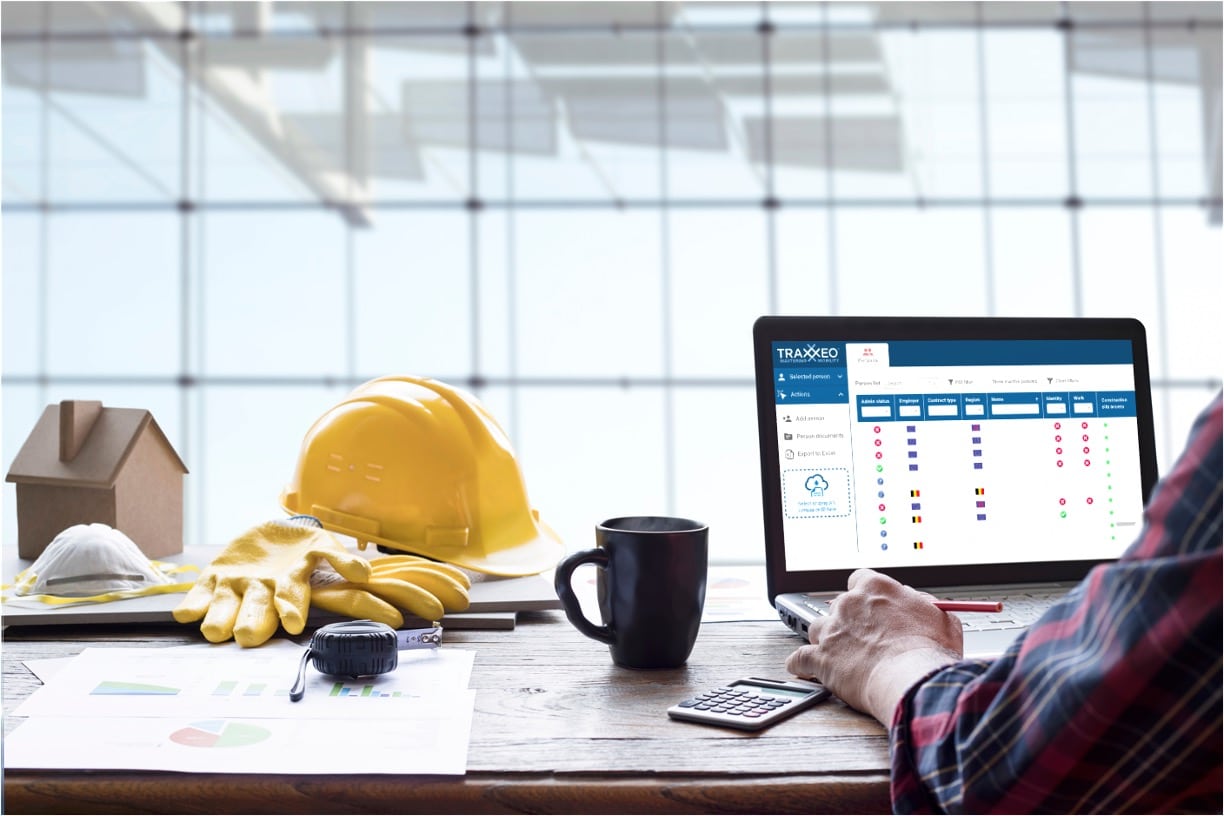Enhancing Process Effectiveness: Architect's Expert Approaches for Building And Construction Paper Monitoring
In the world of building style and building, the meticulous management of records stands as a foundation for project success. These techniques not just make certain smooth job development however additionally hold the crucial to opening boosted efficiency and accuracy in the complex world of construction record management.
Trick Document Company Methods
When handling construction files, among the vital techniques that architects employ is establishing a methodical and efficient company system. This system generally includes classifying records based upon their kind, such as illustrations, specs, agreements, and permits. By creating clear and unique classifications, architects can promptly find details details when required, conserving time and reducing mistakes in the building and construction process.
Within each group, designers further arrange files by using or producing subfolders numbering systems to represent versions or alterations (construction document management). This hierarchical structure makes sure that the most appropriate and current info is easily accessible while maintaining a record of adjustments made throughout the job timeline
Furthermore, architects often use electronic paper monitoring systems that use functions like keyword search features, variation control, and gain access to constraints to improve company and partnership among job stakeholders. These tools enhance the file access process, promote real-time updates, and facilitate seamless communication, eventually adding to the total success of the building and construction task.
Collaborative Platform Integration
To enhance file management performance in building tasks, designers seamlessly incorporate collaborative platforms to boost interaction and enhance control amongst task stakeholders. By leveraging collaborative systems such as job administration software, cloud-based storage space systems, and interaction tools, engineers can produce a central center for all project-related files and interaction networks. These platforms permit employee to gain access to, testimonial, and work together on papers in real-time, minimizing delays and the danger of mistakes related to traditional file management methods.
Collective system integration also promotes transparency and liability within the project group, as all stakeholders have exposure right into the current job updates and modifications. By systematizing communication and document sharing, architects can make certain that all staff member are working from the most up-to-date info, reducing the possibilities of conflicts or misconceptions arising because of out-of-date documents.
Additionally, joint systems enable seamless collaboration between designers, service providers, customers, and various other job stakeholders, advertising a much more cohesive and reliable project workflow. By damaging down communication barriers and promoting info exchange, architects can drive productivity and development in building and construction tasks, eventually leading to effective job end results.
Version Control Best Practices
Executing efficient version control techniques is crucial for keeping record precision and consistency in construction tasks. By developing a visit here clear system for handling modifications, job groups can make sure that everyone is working from the most up-to-date paperwork, minimizing the danger of mistakes and discrepancies during the building and construction stage.
Among the key best practices for version control is to assign special identifiers per document version. This can be attained by utilizing a numbering system or date stamp that clearly shows the order of modifications. By clearly classifying each model, group members can quickly track the development of the paper and identify the most current version.

Automation Tools for Performance

Document control software, like Procore or PlanGrid, systematizes project documentation, making it conveniently accessible to all stakeholders. These platforms allow for real-time partnership, version control, and automated backups, safeguarding against information loss. Furthermore, Building Info Modeling (BIM) software application automates the generation of building and construction illustrations and makes sure that adjustments are integrated throughout all associated papers.
Integrating automation devices with cloud read storage space remedies further boosts availability and safety and security. By automating the file administration process, project groups can concentrate their time and initiative on value-adding tasks, inevitably enhancing efficiency and job end results.
Secure Data Monitoring Solutions
Successfully handling and guarding job data is paramount in the building and construction sector to guarantee discretion and honesty throughout the project lifecycle. Building companies can make use of encrypted cloud storage solutions to securely share and store visit this site job files with licensed employees.
Additionally, making use of electronic legal rights administration (DRM) devices adds an added layer of safety and security by stopping the unauthorized circulation or duplication of job papers. Regular information backups are essential to mitigate the risk of information loss due to unexpected scenarios like hardware failings or cyber-attacks. Joint systems with integrated protection functions make it possible for smooth interaction and data sharing among task staff member while preserving information honesty.
Verdict
To conclude, executing vital document company methods, integrating collaborative systems, practicing version control finest methods, utilizing automation tools, and adopting safe data administration services are vital strategies for improving operations performance in building file administration. These skilled strategies can streamline procedures, boost communication, guarantee accuracy, and keep information safety and security throughout the building and construction job lifecycle.
In the world of architectural style and building and construction, the thorough administration of files stands as a keystone for task success. These strategies not only guarantee smooth project development but likewise hold the crucial to opening improved productivity and precision in the detailed world of building record administration.
To enhance record administration efficiency in building tasks, architects flawlessly incorporate collaborative platforms to improve interaction and enhance coordination among project stakeholders. These systems enable team members to gain access to, evaluation, and collaborate on files in real-time, reducing delays and the threat of errors connected with traditional record management techniques.
Using automation devices in building document monitoring dramatically boosts performance and improves procedures for task groups. construction document management.